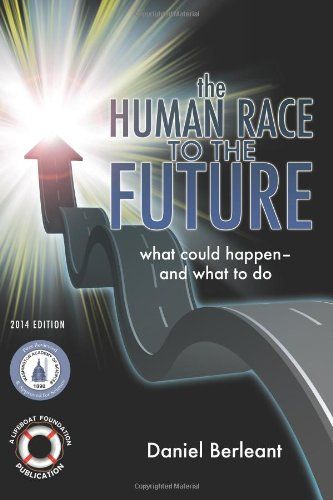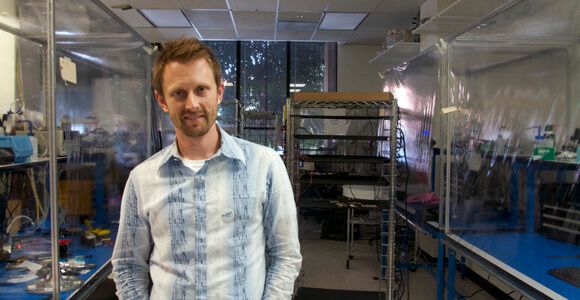The White Swan’s Beyond Eureka and Sputnik Moments: How To Fundamentally Cope With Corporate Litmus Tests and With The Permanent Impact of the Dramatic Highly Improbable And Succeed and Prevail Through Transformative and Integrative Risk Management! [TREATISE EXCERPT]. By © Copyright 2013, 2014 Mr. Andres Agostini — All Rights Reserved Worldwide — « www.linkedin.com/in/andresagostini AND www.AMAZON.com/author/agostini » — The Lifeboat Foundation Global Chief Consulting Officer and Partner, Lifeboat Foundation Worldwide Ambassador —
(An Independent, Solemn, Most-Thorough and Copyrighted Answer. Independence, solemnity, thoroughness, completeness, detail, granularity of details, accuracy and rigor, hereunder, will be then redefined by several orders of nonlinear magnitude and without a fail).
[TREATISE EXCERPT].
To Nora, my mother, who rendered me with the definitiveness to seek the thoughts and seek the forethoughts to outsmart any impending demand and other developments. To Francisco, my father: No one who has taught me better. There is no one I regard most highly. It is my greatest fortune to be his son. He endowed me with the Agostini family’s charter, “…Study and, when grown up, you will neither be the tyrants’ toy, nor the passions’ servile slave…” I never enjoyed a “…Mom…”, but considerably enjoyed a gargantuan courageous Mother, Father, Grandparents and Forbears.
Continue reading “The White Swan's Beyond Eureka and Sputnik Moments! [TREATISE EXCERPT] By Mr. Andres Agostini at www.AMAZON.com/author/agostini” »



 The crisis in super symmetry physics is causing physicist to search for a new physics. Could this new physics be non-particle based? A physics closer to General Relativity than to either Quantum or String theories?
The crisis in super symmetry physics is causing physicist to search for a new physics. Could this new physics be non-particle based? A physics closer to General Relativity than to either Quantum or String theories? The video blog shows 2 of the 400 experiments I conducted between September 1999 and at least April 2001, maybe later. I used various weight measuring scales, battery packs and power supplies. These experiments convinced me that something was a miss with contemporary physics, thus leading to my 12-year study into gravity modification.
The video blog shows 2 of the 400 experiments I conducted between September 1999 and at least April 2001, maybe later. I used various weight measuring scales, battery packs and power supplies. These experiments convinced me that something was a miss with contemporary physics, thus leading to my 12-year study into gravity modification. If scientists do find life on Mars, it may be possible to beam Martian DNA back to Earth, according to a new idea growing in popularity. If Martian bugs are found, the idea of “faxing” life from Mars is an enticing prospect, spurred on by scientist, Craig Venter, famous for his early sequencing of the human genome.
If scientists do find life on Mars, it may be possible to beam Martian DNA back to Earth, according to a new idea growing in popularity. If Martian bugs are found, the idea of “faxing” life from Mars is an enticing prospect, spurred on by scientist, Craig Venter, famous for his early sequencing of the human genome.







